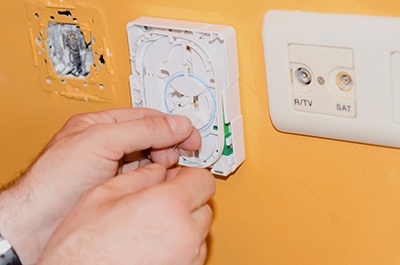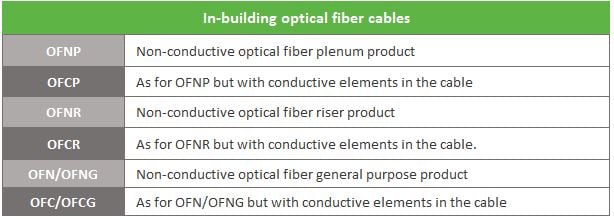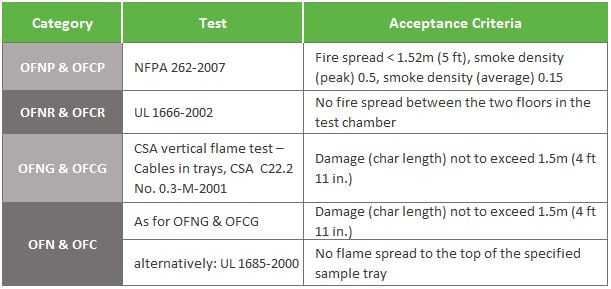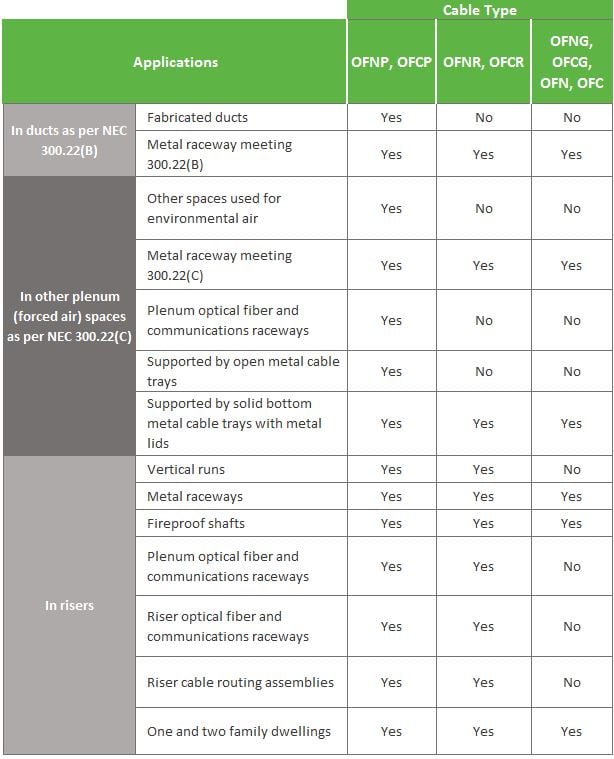 In a previous blog, I looked at Standards Organizations, what they do and how they relate to each other. As a follow up this post looks at how installers can meet the specific US National Electrical Code (NEC) regulations by choosing the right fiber cable, and which standards to follow for individual deployments.
In a previous blog, I looked at Standards Organizations, what they do and how they relate to each other. As a follow up this post looks at how installers can meet the specific US National Electrical Code (NEC) regulations by choosing the right fiber cable, and which standards to follow for individual deployments.
The US NEC covers building wiring requirements and is revised and reissued every 3 years, with NEC 2014 the current edition. It lists cables by their application, in line with the relevant ANSI, UL or CSA tests.
Article 770 and UL 1651 testing
For the fiber industry the key part of the NEC is article 770, which covers the installation of optical fiber cables and raceways in public and private buildings. There are exclusions for certain parts of specific industries such as mining, railways and electrical generation where the code doesn’t apply.
In UL 1651 the code identifies the following types of in-building optical fiber cables:

There are differences between these when it comes to their flame spread requirements. The most severely tested applications are at the top of the table.

Choosing the right product for your application
For those planning or installing a fiber network, the key point of UL 1651 is to help ensure you select the right product for your particular need. These are described in article 770.19 of the National Electrical Code, but here are some common scenarios:
- For a small, in-building deployment, using a riser - OFNP, OFCP, OFNR, OFCR,OFNG, OFCG, OFN, OFC
- Within an existing, fabricated duct inside a building – OFNP, OFCP
- In a plenum space that is used for environmental air inside a public building - OFNP, OFCP
- Inside a fireproof shaft using a riser within any type of building - OFNP, OFCP, OFNR, OFCR,OFNG, OFCG, OFN, OFC
- When using a metal raceway for inbuilding deployments covering multiple floors and rooms/apartments - OFNP, OFCP, OFNR, OFCR,OFNG, OFCG, OFN, OFC
- For vertical runs between floors within a riser - OFNP, OFCP, OFNR, OFCR
- Within a riser cable routing assembly inside a building - OFNP, OFCP, OFNR, OFCR
- For inbuilding deployments with routing only on 1 floor - OFNP, OFCP, OFNR, OFCR,OFNG, OFCG, OFN, OFC

Ultimately if things go wrong, such as in a fire, you need to ensure you’ve installed the right cable for your particular application. It is your responsibility to meet the NEC requirements with cable that is clearly identifiable as safe – otherwise you could be liable for any non-performance of the cable if the worst comes to the worst. You can read more about meeting fire regulations, in both North America and Europe in this previous post.


